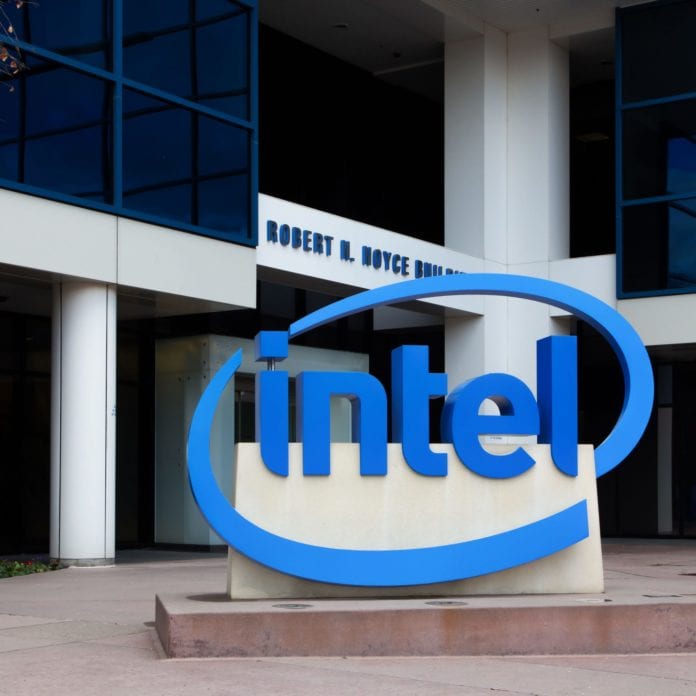Intel announces Threat Detection Technology and Security Essentials
Intel recently made two technology announcements: Threat Detection Technology (TDT) and Security Essentials. The former serves as a set of silicon-level capabilities to detect new classes of threats, while the latter serves as a framework that standardizes the built-in security features across Intel processors.
The chip maker reports TDT uses silicon-level telemetry to improve the detection of advanced cyber threats and exploits. Telemetry refers to the automatic measurement and wireless transmission of data among remote instruments. In the IoT era, it is championed as a way to measure and transmit data from sensors suited for web-connected devices.
Intel noted its TDT includes a new built-in Accelerated Memory Scanning capability in which scanning is managed by the company’s integrated graphics processor. This helps enable more scanning while minimizing the impact on performance and power consumption. The company claims early benchmarking on its test systems showed CPU utilization dropped from 20 to 2%. Microsoft said it will integrate Accelerated Memory Scanning into Microsoft Windows Defender Advanced Threat Protection (ATP) antivirus capability.
The second feature of TDT is advanced platform telemetry, which is combined with machine learning algorithms to improve the detection of advanced threats. It also helps reduce false positives and minimizes performance impact, according to the company. Cisco said it will integrate advanced platform telemetry into its tetration platform, which provides data center security and cloud security protection.
With respect to Intel Security Essentials, the company said it provides a consistent set of critical root-of-trust hardware security capabilities across its Core, Xeon and Atom processors. “This standard set of capabilities will accelerate trusted computing as customers build solutions rooted in hardware-based protections,” wrote Rick Echevarria, general manager of Intel’s platforms security division, in a company post. “Further, these capabilities, directly integrated into Intel silicon, are designed to improve the security posture of computing, lower the cost of deploying security solutions and minimize the impact of security on performance.”
These new capabilities are part of a wider effort by Intel to put security concerns at ease in wake of the Spectre and Meltdown vulnerabilities discovered earlier this year. The glitches in modern CPUs forced a redesign of Linux and Windows kernels. While the company released patches to address the vulnerabilities, they were later acknowledged to cause system instability and rebooting issues.

